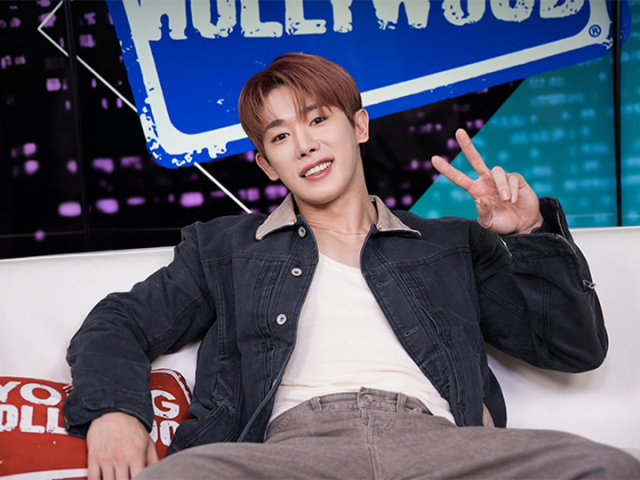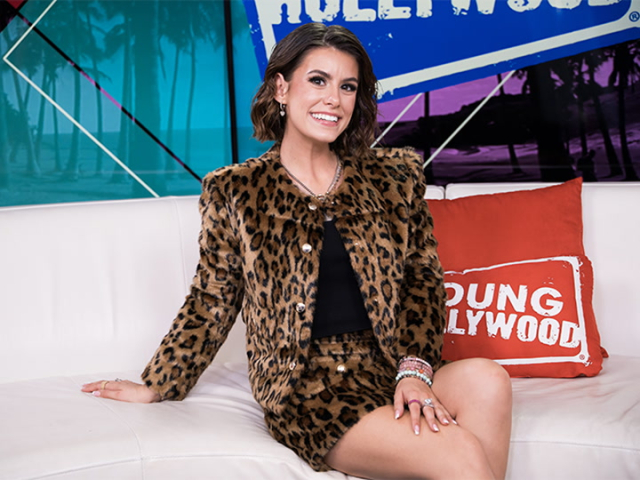Tokenism vs. Representation In Films (And How To Tell The Difference)
.jpg)
It’s no secret that after the #MeToo movement, there was a cultural shift in the entertainment industry. Since then, Hollywood has been reconstructing all their media to fit a modern audience. Whether it was more LGBTQ+ representation, feminist female protagonists, or more racially diverse casts, Hollywood has been making changes to appease audiences. That said, one has to ask how much of this change is genuine and what good representation actually looks like. Having diversity for the sake of diversity without the nuanced perspectives of including diverse people behind the camera is a problem. Unfortunately, there has been a lot of tokenism with representation in the media. Tokenism is the performance of using underrepresented groups to appear more diverse, not necessarily having nuanced entertainment.
Hollywood has a history of making entertainment for white male Anglo-Saxon Protestant audiences throughout its origins. This flaw appears in Hollywood with the lack of female directors and people of color. Whether it was blackface or dehumanizing depictions of Native Americans, Hollywood has had little regard for marginalized groups in movies and television for a long time. While this problem has been historic, it is still ongoing, as undoing century-long bigotry is not easy. For example, it's been over 20 years since the first Black actress won Best Actress in a Leading Role -- Halle Berry. Additionally, no Black director has ever won an Oscar, and only 3 women have won Best Director. Behind the camera, there is still a problem with the diversity of creative talent. Although it has become much better in recent years, the lack of empowering unique film voices shows in the tokenism used in Hollywood.
Where do we see tokenism today? When entertainment only hires a diverse cast to fill out a quota without considering the background of what they are representing, the character becomes flat, color-blind, or downright offensive. When a character is flat, the character is literally there for background purposes and does not add a unique voice to the media, such as we see in the most recent season of "Sex Education". In it, we are introduced to a deaf character played by a deaf actor (Alexandra James). And although this representation is important, her character was written poorly and sidelined within the show. The series seemed to only add them to have more representation, and not because they had a pressing storyline they wanted the character to be a part of. The character in the end gets barely any screen time and almost no character arc or plotline.
So what does good representation look like? Good representation looks like stories empowering diverse voices within film and television. Marginalized characters should be portrayed as valuable, adding to the plotline, while also being interesting. A great example of this is the Oscar-winning movie Moonlight. Moonlight was the first of its kind, focusing on LGBTQ+ Black men living in Florida. The subject matter has PoCs at the forefront of the story on and off-camera as well, and the unique identity of the characters is central to the plotline of the story.
Overall, as Hollywood begins to add more diverse cast members to their entertainment, we have to demand more diversity behind the camera as well. Additionally, the question we should be asking more is if whether we are getting more diverse stories along with our representation.



